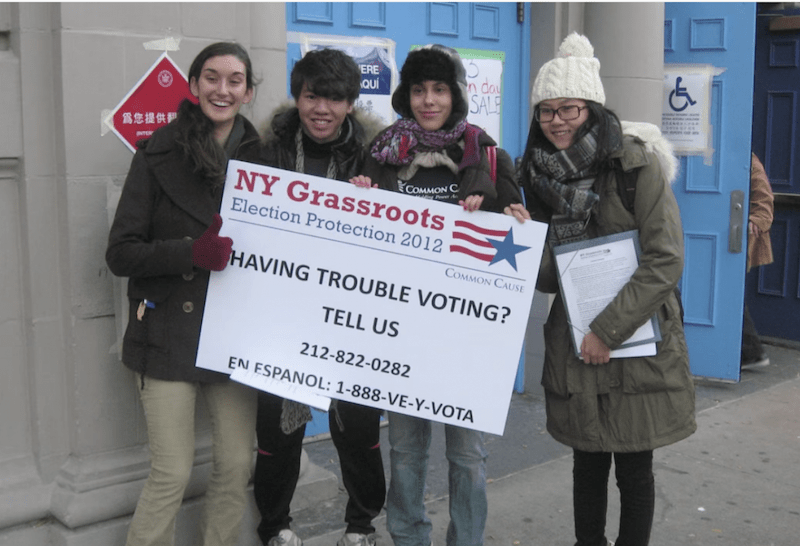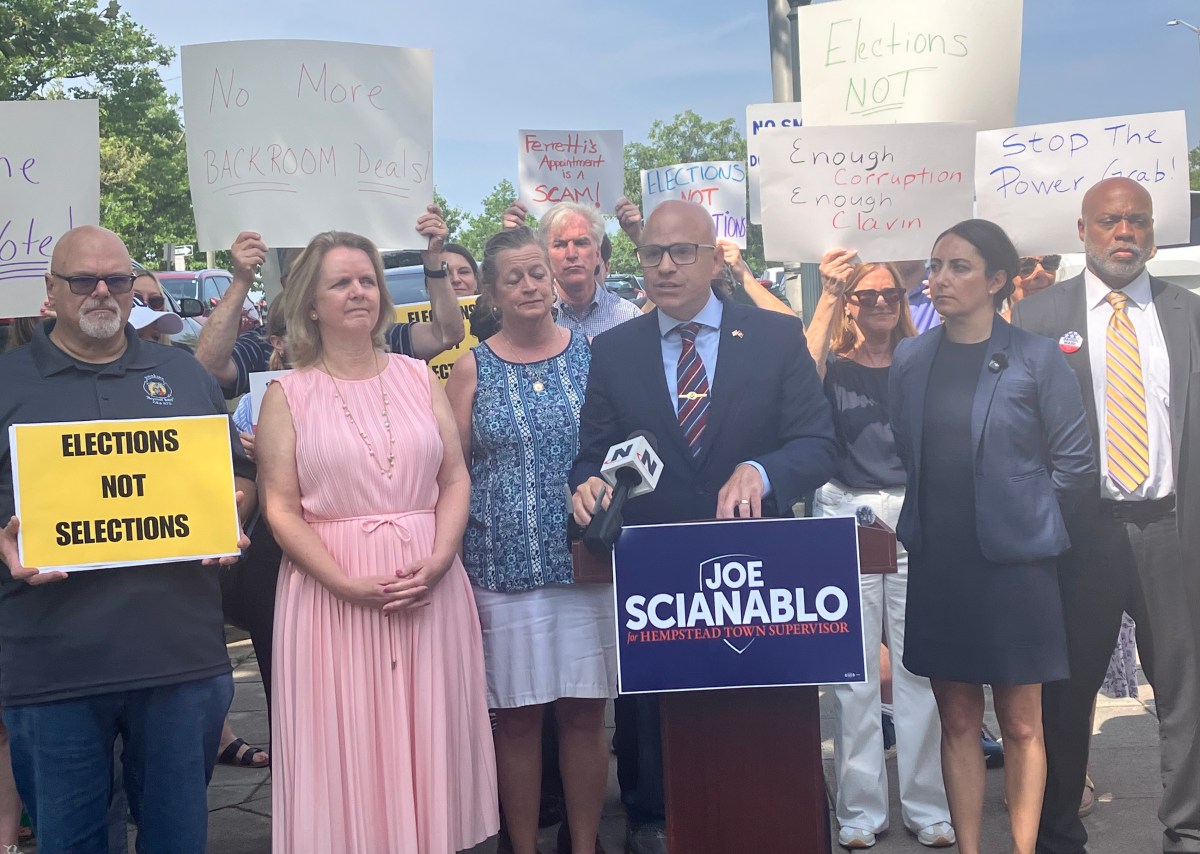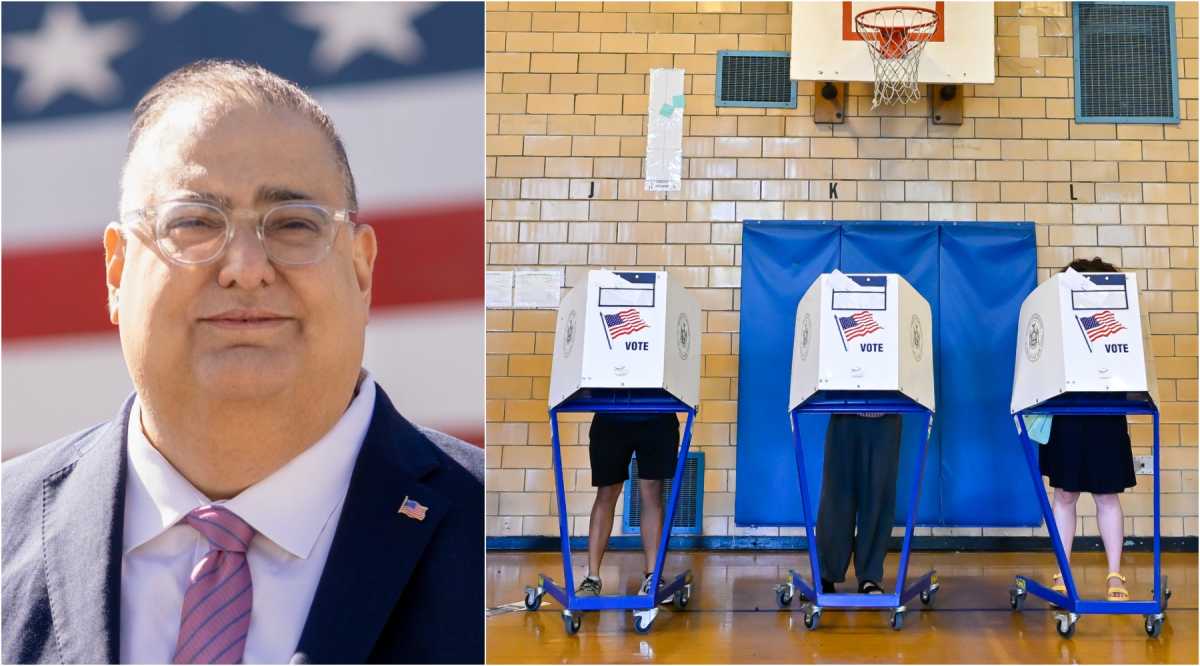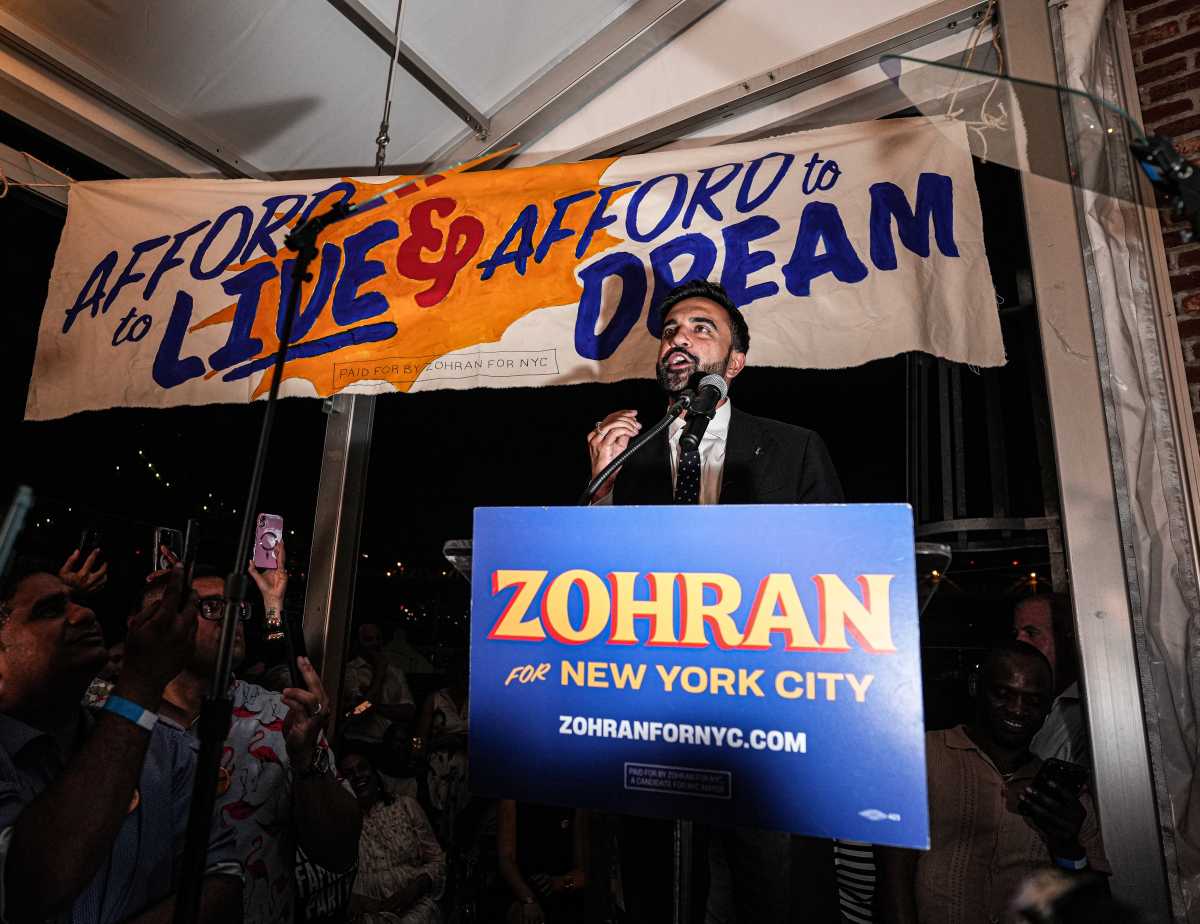Voting should be simple but it isn’t always. Your name might be left off the voter roll, or you might mix up your polling location. Sometimes the machines stop working, or the line to get in and cast your ballot is long.
Kings County Politics: Can you tell me about Common Cause?
Susan Lerner: Common Cause is a government watchdog organization. We are in our 50th year. We are a national organization that works to protect and strengthen our democracy. One of our core areas within that mission is voting rights, and we’re doing everything that we can to ensure that every eligible voter is able to cast a ballot that is secure and will be counted.
KCP: What is Election Protection?
SL: Election Protection is a national program. It was started by the Lawyers Committee for Civil Rights as a national hotline staffed by legal personnel and that is still ongoing. The 1866-Our-Vote hotline is the basic English language hotline to provide voters with information. It’s expanded to now include a Spanish hotline, an Asian language hotline, and an Arabic-English hotline.
Election Protection also has a field component and Common Cause is the coordinator nationwide for the field component. We place nonpartisan poll monitors at polling places to help voters. In 2016, we placed over 400 nonpartisan volunteers at busy polling places throughout New York City to help voters be sure that they were in the right place, and basically solving problems and coordinating with the Board of Elections when we find issues.
Election district and assembly district are the basic information that every voter needs to know to be sure that they are in the right location. Often our poll sites are multi-election districts so when you walk in, there’s an information table, and they tell you, “Okay, go to that table to get your ballot.” If you know your election district and assembly district, you skip the information table and you go right to the place where you pick up your ballot. So we help people, and get them to the right place.
Because of the pandemic we’ve had to make some changes. If somebody is comfortable being assigned to a particular polling place for the general election, we will do that. But in June for the primary, we piloted a different program which was a rover program. Here in New York City we recruited over 50 volunteers who are bike riders. We assigned them a circuit of polling places that they would rove between checking out what was going on, seeing if there were obvious problems to report in. We found that it was very successful. Rovers were not required to get off their bikes and go into polling places. We provided masks and protective equipment. Most of our rovers did decide to go in and check out the polling places, and we did identify some problems which we were then able to report to the Board of Elections and help to solve.
KCP: So there are poll monitors, roving poll monitors and social media monitors?

KCP: And then the roving poll monitor, new this past June. That was focused mainly on issues?
SL: That’s correct. Not interacting with as many voters because they’re not stationed in one location. They were checking to be sure that the appropriate health cautions were being followed, that personnel wore masks, that surfaces were being cleaned, that social distancing was being followed. We found out early on that there was a problem that poll workers in some polling places were not giving voters both pages of the ballot. We were able to work with the Board of Elections on that problem. We would find that polling places were not open or that equipment wasn’t working. These are typical problems that we’ve seen when we have assigned poll monitors, and we found that many rovers were picking up similar problems but were more distanced to protect their health.
Then we have a social media monitoring program which we also piloted for New York in June. That’s assigning people to check for voter problems and for mis- and disinformation on social media platforms. We did this in a less formalized way in 2016 –– monitoring Twitter, monitoring Facebook to see if there are problems.
This year we are concerned about mis- and disinformation as well as just problems that people have that they’re reporting on Twitter. We train people to monitor, we give them hashtags to look for, specific terms to search for. Somebody might put up on Twitter that their polling place hasn’t opened on time. We’re able to get a view of the sorts of problems that are happening and coordinate with the Board to try and solve them, and provide information that voters need to be able to problem solve themselves.
KCP: How long has this program been in place?
SL: Election Protection has been going on for more than 10 years. Here in New York we’ve had Election Protection on the ground for the 2012 presidential election and the 2016 presidential election. In New York we’ve concentrated on this program for presidential years when we know that there’s a tremendous turnout and voters run into more problems because of the turnout.
KCP: What were some of the issues in 2012 and 2016? And what are you worried about for this year?
SL: There are some issues that we see perennially. One is that polling places opened late for miscellaneous reasons in the June primary. We saw more polling places opening late because the trains don’t run overnight. If you’re going to open your polling place at six a.m., the poll workers need to be there no later than five. Well the trains don’t start running until five. That’s problematic. There are generally over 30,000 poll workers who work on election day in New York City. When you have that large of a group of people, unexpected things happen. Somebody is delayed, somebody oversleeps, somebody gets sick who is the coordinator for a polling place and the polling place opens late.
There are occasionally, but persistently, problems getting the machines set up. Sometimes it’s because a police officer has the necessary keys to start things is delayed or just because the machines are temperamental that morning. Voters are there at six and things aren’t ready to go. This is a perennial problem and, in all honesty, with any human system, I’m not sure we’ll ever be able to solve it 100%.
Then there are various issues that come up because poll workers may not always remember their training clearly and may give misinformation to a voter which is why it’s really important to have the hotline to clarify things. If somebody is confused and given the wrong information in the polling place, we help the voter advocate for themselves and ensure that they’re going to be able to vote.
KCP: So this is a volunteer position?
SL: This is absolutely volunteer and we’re actively recruiting right now. People sign up at ProtecttheVote.net. We are looking forward to recruiting hundreds of New Yorkers to help voters. In 2016, 2012 and in June of this year, our volunteers uniformly said that it is a really satisfying experience to be able to help voters, and they feel that they really help contribute to our democracy by volunteering for election protection.
KCP: Are there any specific qualifications that a volunteer needs?
SL: Generally what we’re looking for are adults who are registered voters. We’re looking for residents of the county where the person is going to be an election protection monitor or rover. Here in New York City, we’re looking for New York City residents.
We’re also planning to recruit rovers outside of New York City where the rovers will be roving by car in six congressional districts that have hotly contested races where we think that there will be turnout and people who will need some assistance.
KCP: Why is it important that people volunteer?
SL: It’s important because our democracy needs all the help it can get right now. When you have a large number of voters, as we expect and hope for this presidential election, sometimes it overwhelms the poll workers. And people need encouragement and accurate information. It’s important that they know that they can get the assistance that they need from a trusted and reliable source which is the election protection hotline and our trained volunteers.
KCP: Is this only happening on election day? What about early voting?
SL: We are going to be sending out rovers for both weekends of early voting, and our social media monitoring program is going to start earlier. We’re going to be social media monitoring around the vice presidential debate and the second presidential debate, and we’re going to be social media monitoring all through early voting.
KCP: Is there a deadline?
SL: The deadline to apply would be October 15.
KCP: Is there anything else I should have asked you about this program?
SL: We encourage people of all ages and from all different backgrounds to volunteer. We are always looking for volunteers who have a multiple language capability because we have voters who need language assistance as well. We do our best to match up the volunteers to areas where they will be most helpful.
And we do train our volunteers. We have a careful training program to let them know what the law is, and also so that they understand their role which is never replacing the poll worker but to assist the voter appropriately, and not to force themselves on anybody or situations that need to be diffused. We have a support system, we have a command center. We’re not just sending volunteers out hoping they do a good job. It’s a very organized and experienced program and people who volunteer for it should know that they’ll be trained and well supported while they’re out in the field.
KCP: You said that while they’re out in the field, they’re easily identifiable. Do they get a t-shirt or something?
SL: We have t-shirts, we have big buttons. The bike rovers get pinnies that say “Election Protection.” We provide masks that are branded, and gloves and hand sanitizer.










